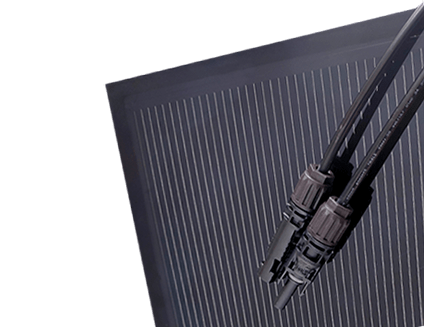
SOLAR FACTORY
The goal of the Solar Factory project is implementation of new technology and launch of a high-efficiency thin-film PV module production line by applying and forming the CIGS layer using high-intensity light pulses.
PV technology (photovoltaic panels) has reached the level of readiness to revolutionize the power system, enabling consumers to produce energy for their own needs and discharge the surplus to the grid. Nevertheless, solutions that increase the efficiency of photovoltaic cells are still being sought. 2nd generation CIGS cells available on the market do not achieve 18% efficiency and module stability (90% efficiency after 10 years). The level of module efficiency is the main requirement and at the same time, a barrier to the market.
The implementation of Roltec technology will allow in the second half of 2022 to start the production of modules with an efficiency of 18%, with reduced production costs and stability of the standard modules (90% efficiency after 10 years) compared to the previously known and offered on the market.
The Roltec invention (patent application No. P.427122) concerns the improvement of the CIGS layer application technology using vacuum methods (evaporation method, magnetron sputtering and selenization / sulfurization)
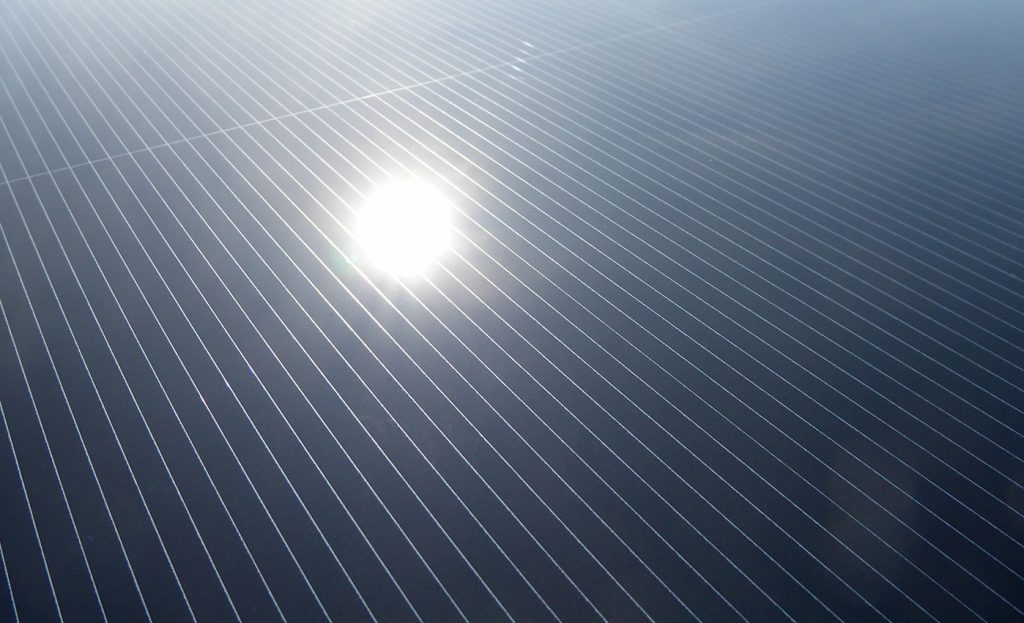
SOLAR FACTORY Project in numbers:
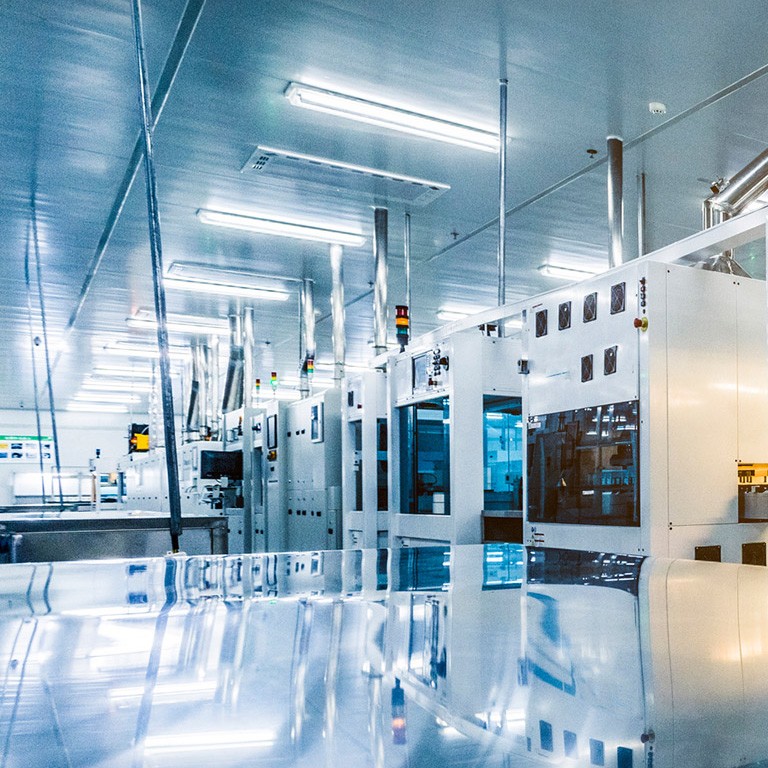

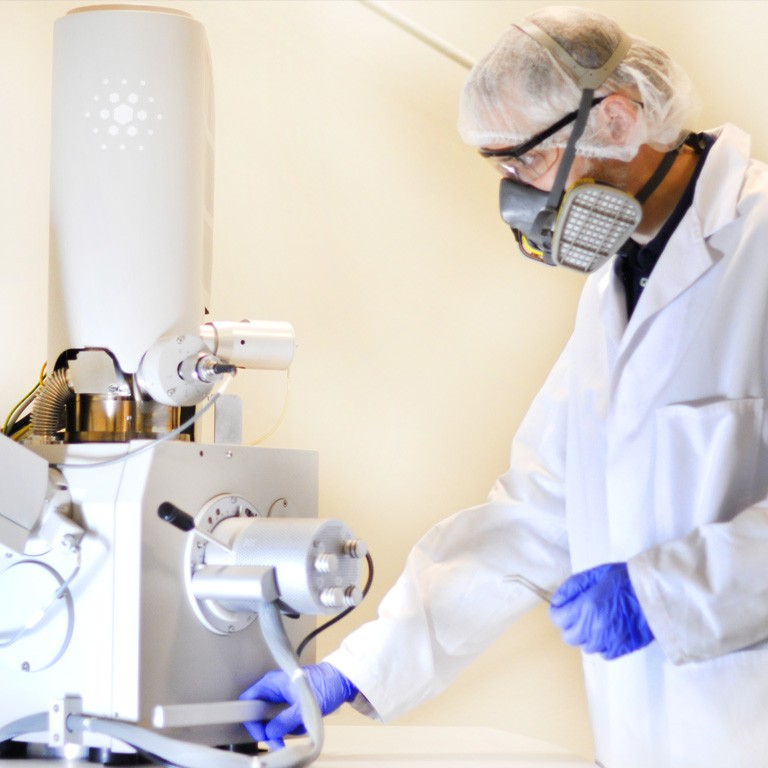
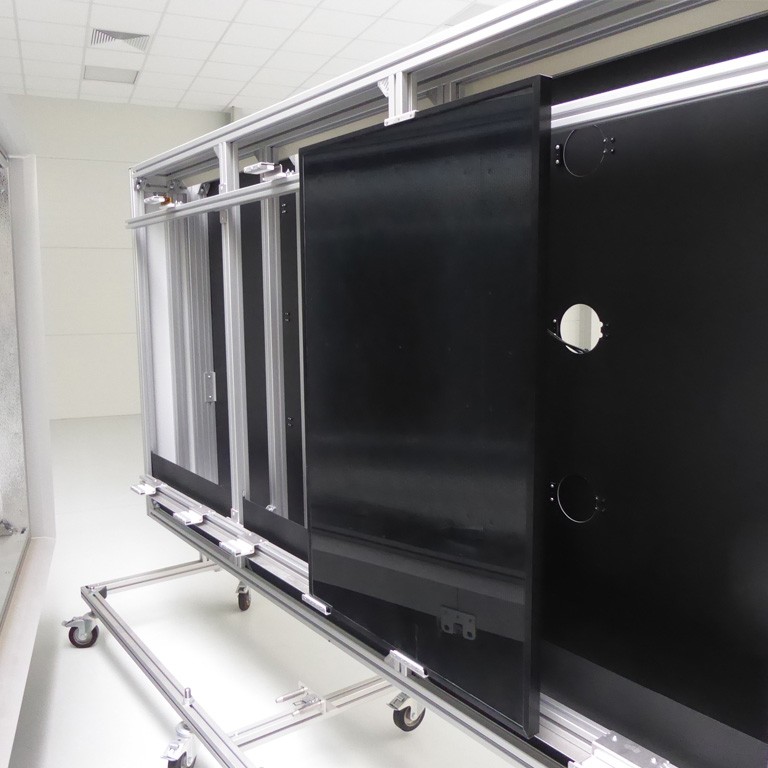
The technological solution (invention) leads to a significant development of technology, including:
- Obtaining a better and controlled degree of crystallization of the CIGS layer — including control of the crystal composition in the growth phase.
- Obtaining a CIGS layer with lower roughness and larger grain size (crystal domains).
- Possibility of applying crystals of different composition (gradient cells) and high degree of crystallization.
- Thanks to the above, higher efficiencies of PV modules are obtained.
- Shortening the time of CIGS layer production (in-situ and post-treatment).
- Lowering the temperature needed to form the CIGS layer — allowing use of flexible substrates.
- Increase in employment in the supported enterprises — 6.00 EPC;
- Number of process innovations introduced — 1 item: new technology for the production of thin-film solar cells by applying and forming the CIGS layer with the use of high-intensity light pulses.
- Number of product innovations introduced — 1 item: thin-film solar cells with 18% efficiency, with reduced production costs and stability of standard modules (90% efficiency after 10 years).
- Number of non-technological innovations introduced — 1 item: marketing and organizational innovation introduced.
- Construction of a production hall with an area of 1,650.00 m² — eligible amount PLN 1,975,600, total PLN 2,429,988.00.
- Purchase of fixed assets (machines, devices, production hall equipment) 20 items — qualifying amount PLN 8 604 400, total PLN 10 583 412.
- Purchase of software for managing a production enterprise 1 item — eligible amount PLN 420,000, total PLN 516,600.
- The total amount of eligible expenses for the project is PLN 11,000,000.00.
- The total amount of the project’s total expenditure is PLN 13,530,000.00.
As a result of the project, in 2022 new products for the market and the company will be introduced, i.e. photovoltaic cells with 18% efficiency, with reduced production costs and stability of standard modules (90% efficiency after 10 years) compared to the previously known and offered competitive modules on the market. The invention is covered by the patent application No. P.427122.
- Number of enterprises receiving support — one.
- Number of enterprises receiving subsidies — one.
- Private investments supplementing public support for enterprises (subsidies) — PLN 8,580,000.00.
- Number of enterprises supported to introduce new-to-market products — one.
- Number of enterprises supported to introduce new products to the company — one.
- Number of purchased fixed assets — 20 pcs.
- Number of acquired intangible assets — one
The investment is in line with the assumptions:
- Strategy for smart, sustainable and inclusive growth Europe 2020 — the project will influence the implementation of innovative solutions and increase the level of innovative investments in the EU. The applicant, as a company from the SME sector, develops the industrial base, which increases the economic competitiveness of the region, as well as national and European.
- Of the Updated Development Strategy of the Greater Poland Region until 2020 “Wielkopolska 2020” — one of the most promising industries is the production of machinery and equipment, the implementation of the project directly affects the implementation of the strategy objectives (objectives 4.2, 6.1 and 6.5).
- Regional Innovation Strategy for Grater Poland for 2015–2020. The update (implementation) of the new technology being subject of the project fits in the areas of smart specialization “Industry of tomorrow”.



